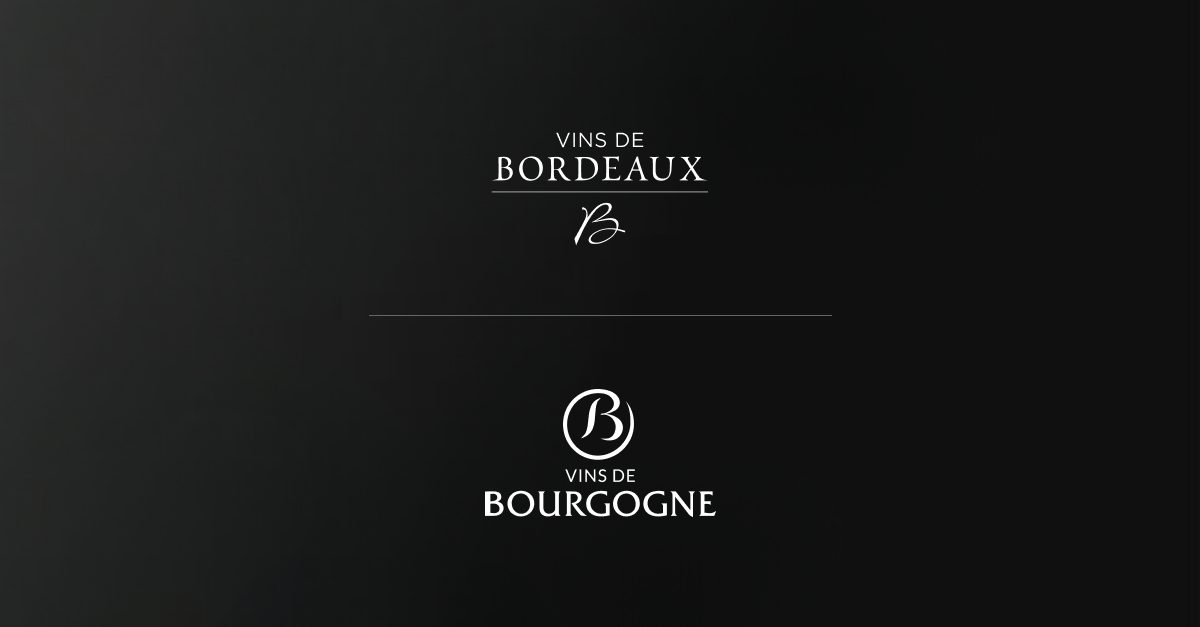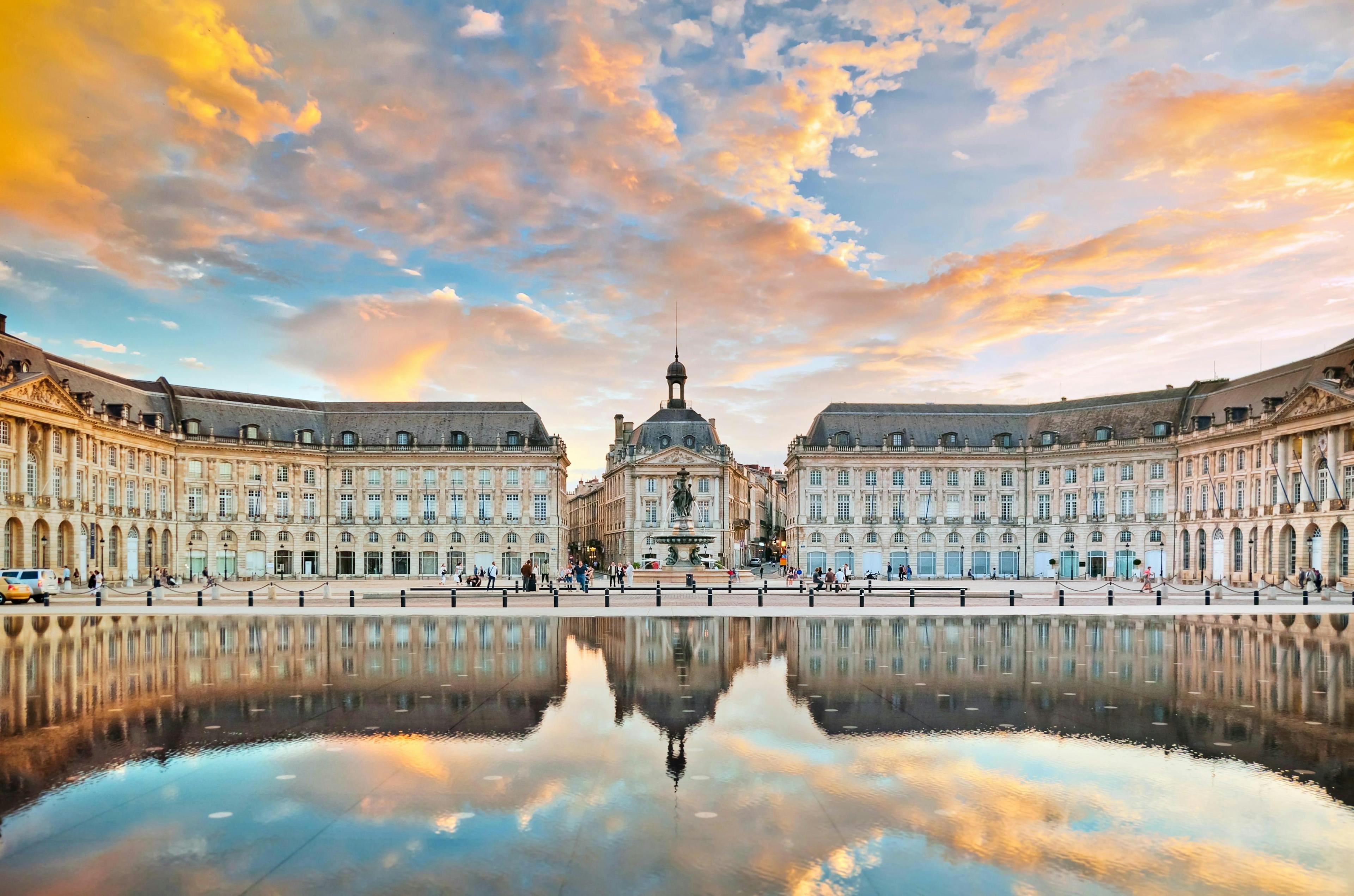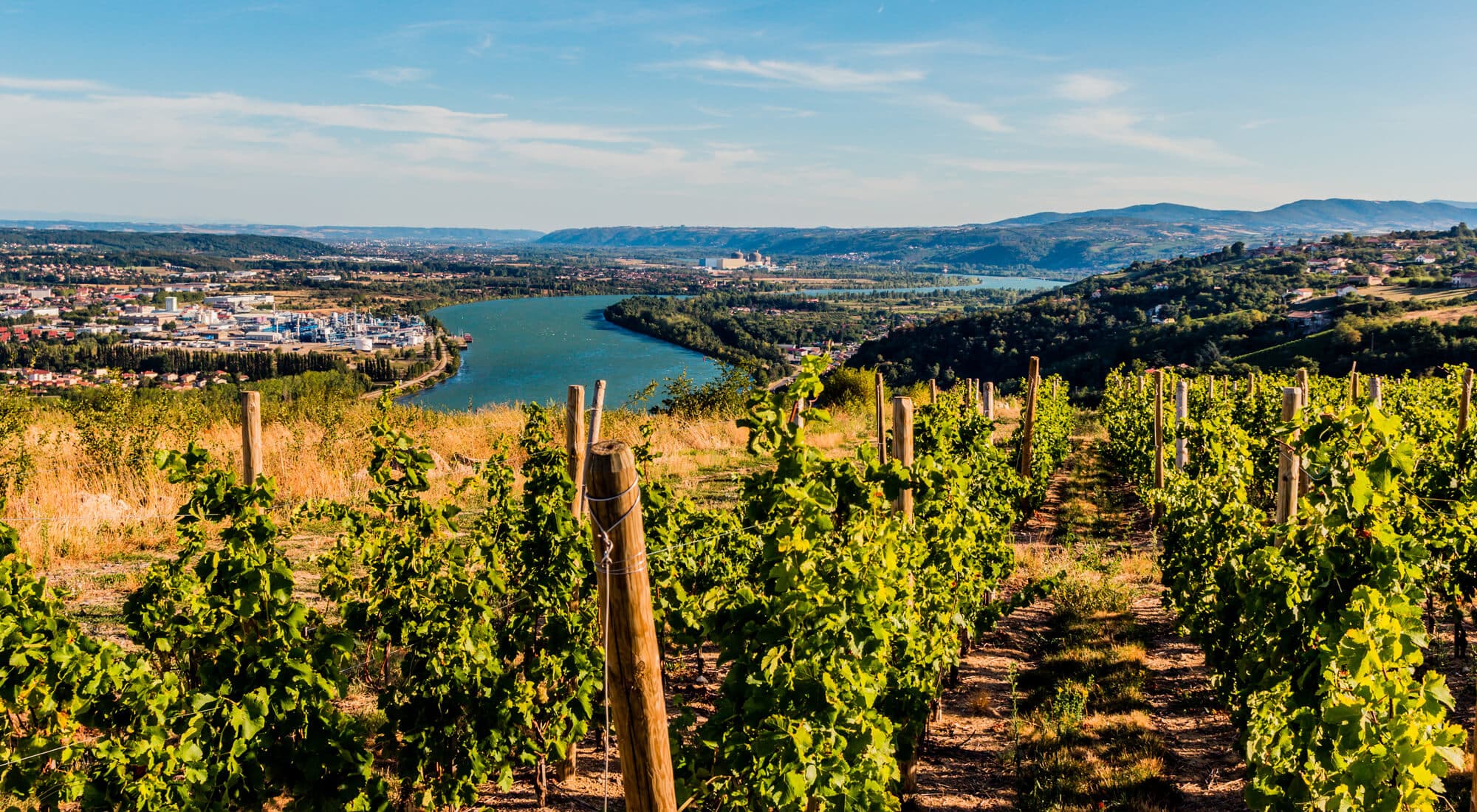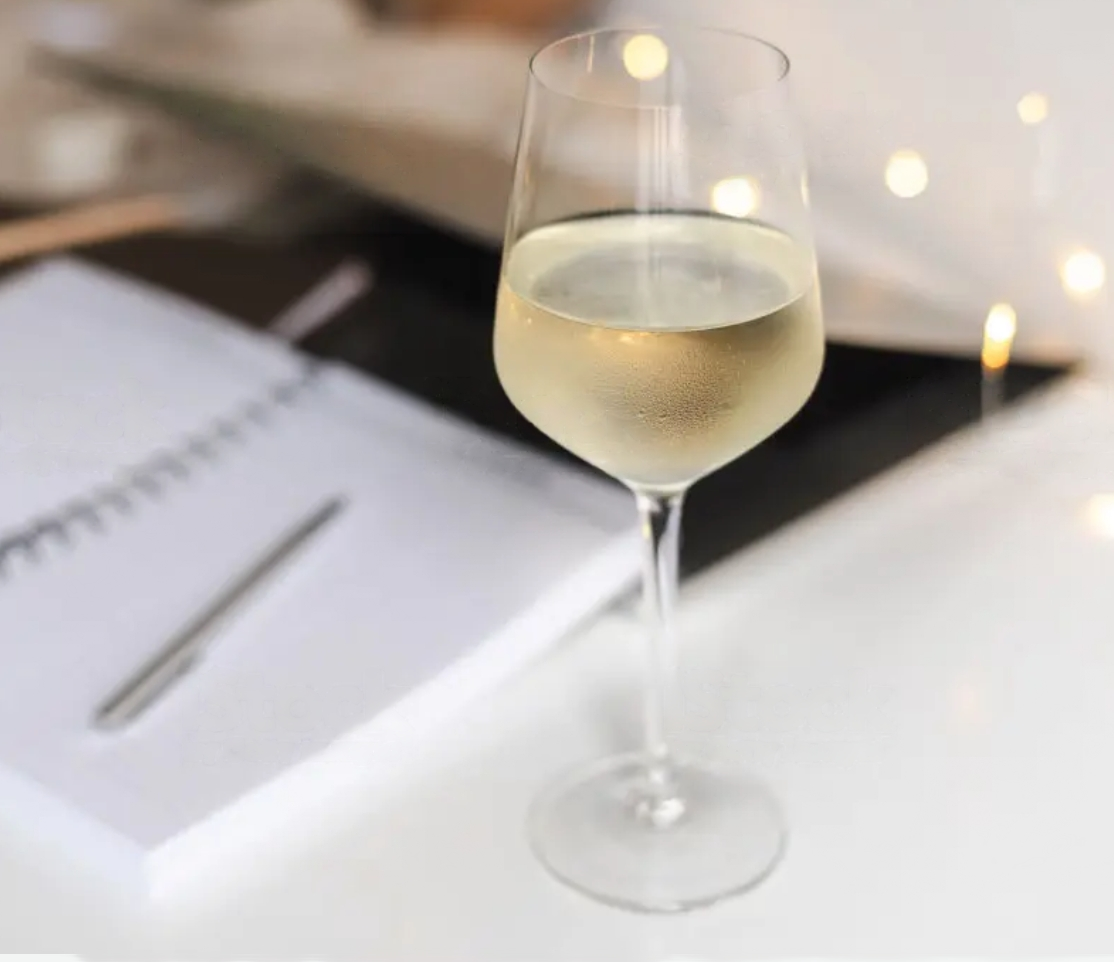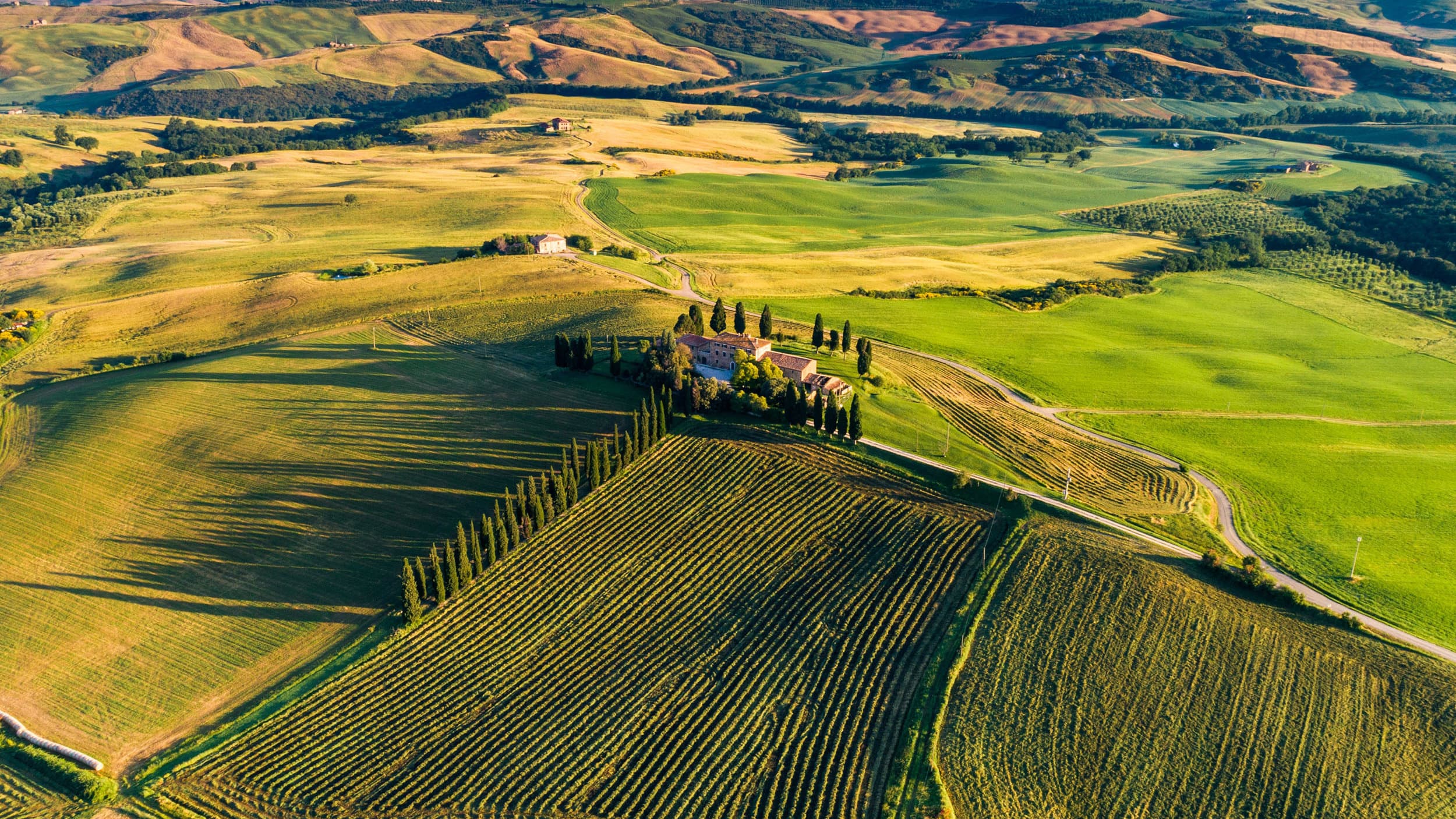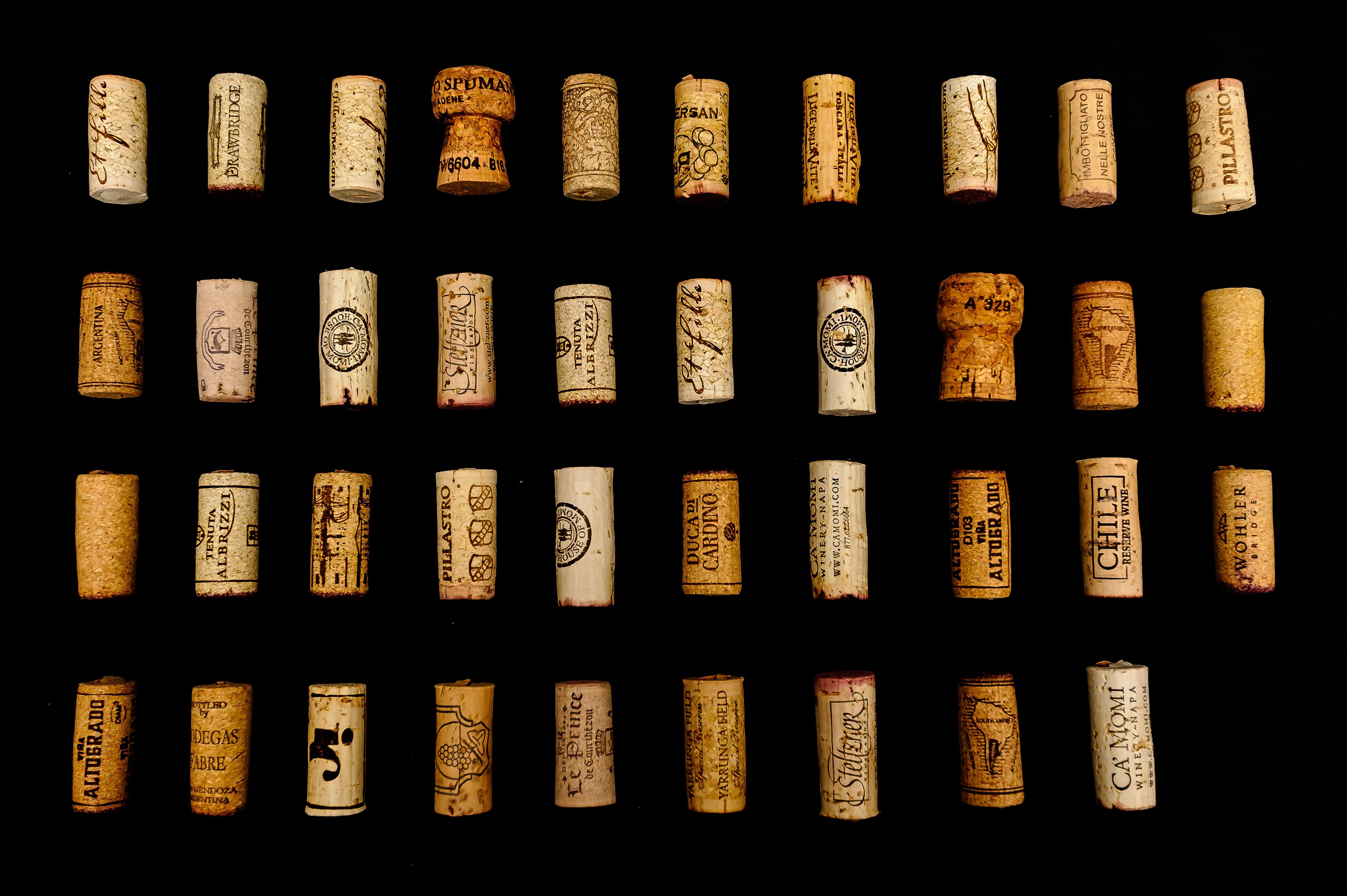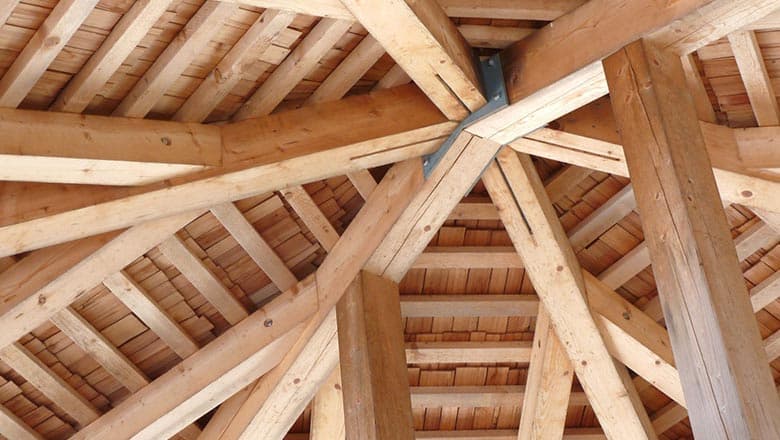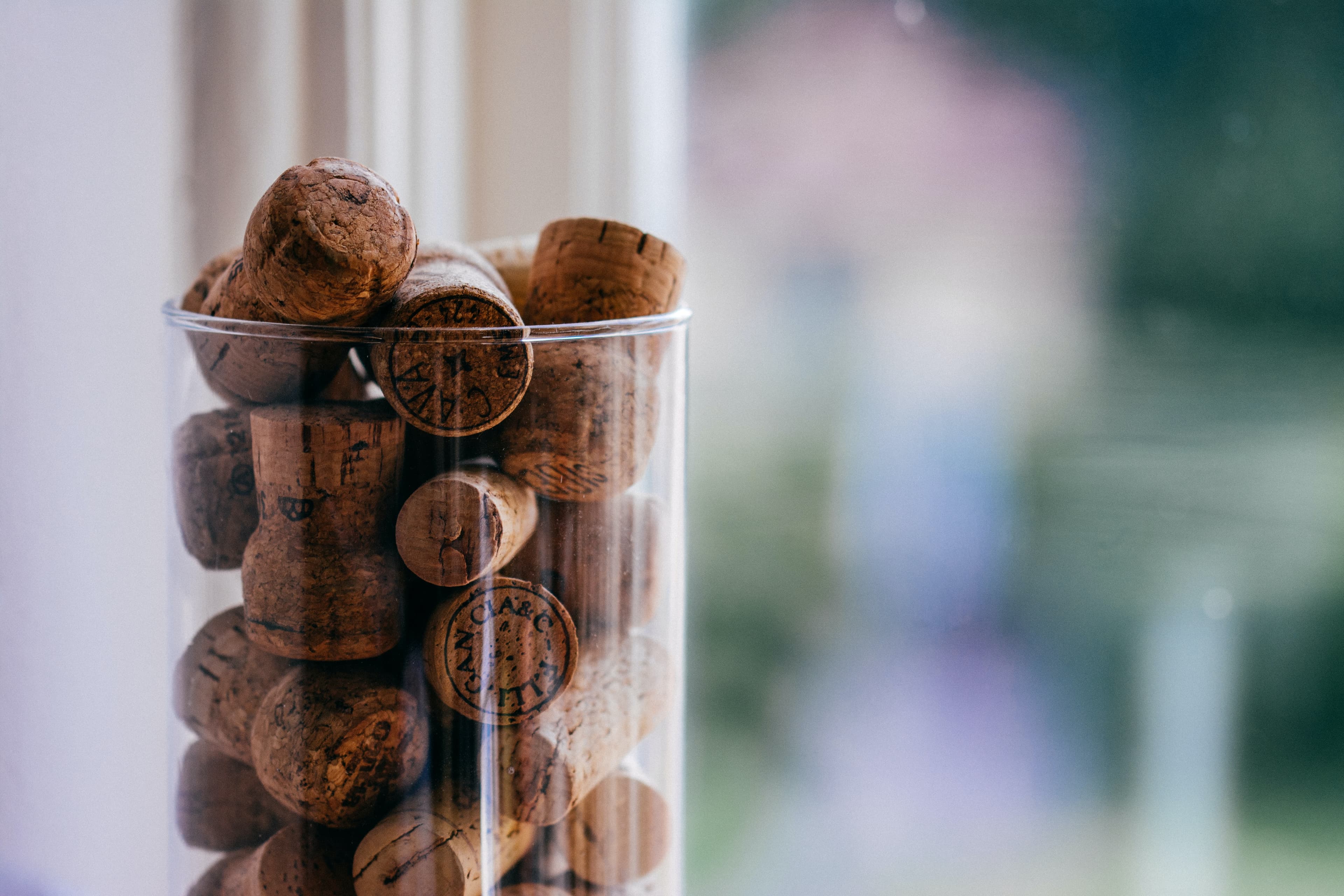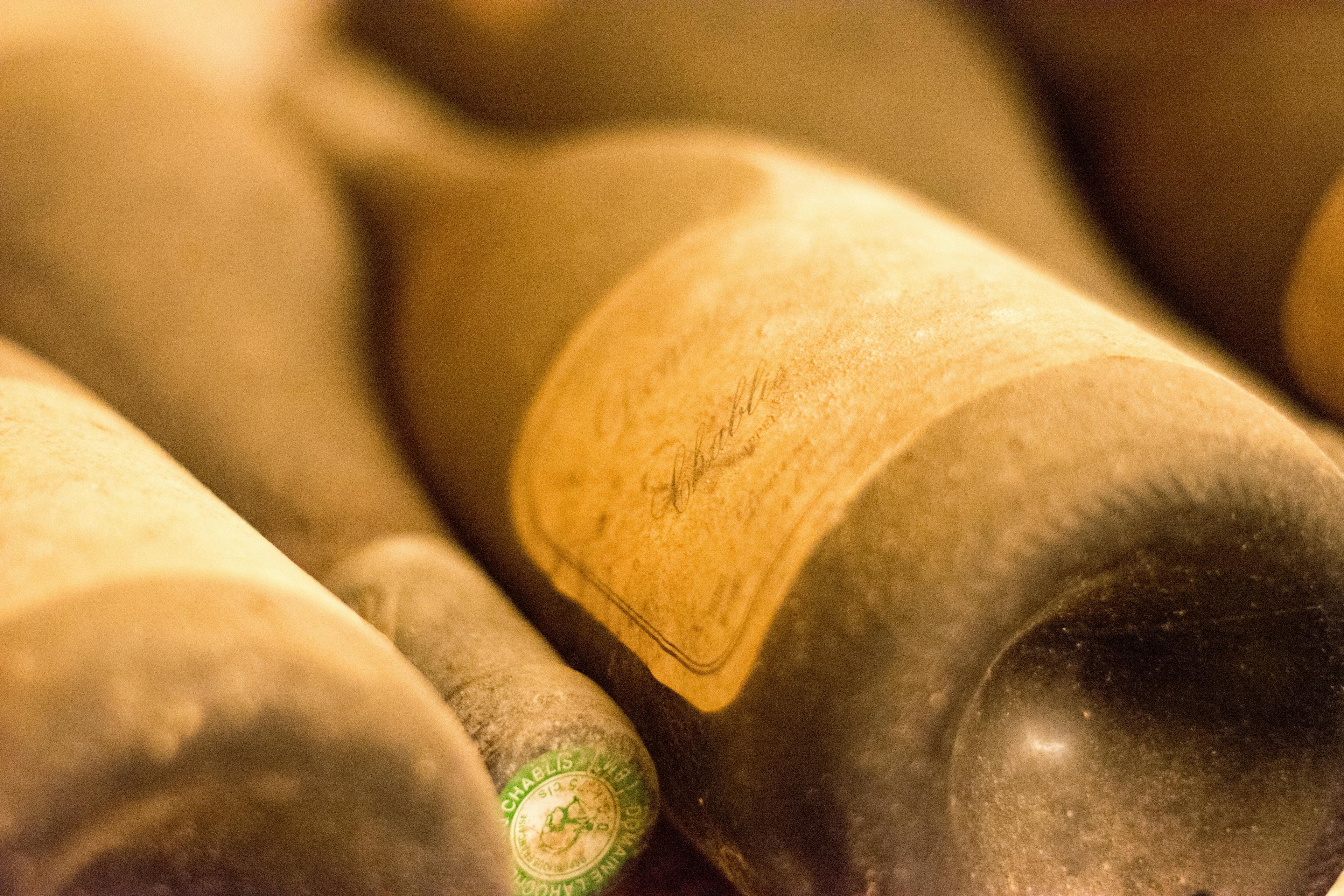
Discover the fascinating history behind Bruno Giacosa, a name synonymous with Italian winemaking excellence. Born into a family deeply rooted in the traditions of the Langhe region, Bruno Giacosa's journey is not just about wine, but a story of passion, innovation, and legacy. His approach to winemaking combined traditional techniques with a unique flair, setting a benchmark in the industry. This article delves into how his early beginnings shaped his career and how his dedication to quality has left an indelible mark on the world of wine.
The Founding and Early Years of the Winery
The winery that would become synonymous with top-quality Italian wines, Bruno Giacosa, was established in the picturesque landscapes of Piedmont, Italy. Initially, the focus was on acquiring the finest grapes rather than owning vineyards, a strategy that allowed for selecting only the best fruit from esteemed local growers. This approach, spearheaded by Bruno Giacosa himself, a man with an innate talent for recognizing the potential of vineyards and the subtleties of wine-making, quickly set the foundation for a legacy of excellence.
In the early years, Bruno Giacosa's dedication to quality and his meticulous attention to detail were evident. He worked closely with small-scale farmers, fostering relationships that would ensure a first refusal on the highest quality grapes. The winery's initial productions were small but distinguished by their character and complexity, capturing the essence of the local terroir.
1940s: The official establishment of the winery, marking the beginning of its journey in the wine industry.
1950s: Introduction of estate-bottled wines, enhancing control over the entire process from vine to bottle.
1960s: Expansion of the winery's portfolio, including single-vineyard offerings that highlighted individual terroirs.
For more detailed facts, exploring the rich history and the pivotal moments of Bruno Giacosa's early years provides a deeper appreciation of this iconic winery's roots.
Key Figures in the Development of Bruno Giacosa
Bruno Giacosa, a revered name in the Italian wine industry, owes much of its legacy to several pivotal figures. Initially, the founder himself, Bruno Giacosa, played a crucial role. His profound understanding of Piedmont's terroir and his meticulous attention to vineyard selection helped establish a foundation of quality and authenticity. Under his guidance, the winery gained a reputation for producing some of the most esteemed Barolo and Barbaresco wines.
Another significant contributor was Dante Scaglione, who joined the winery in 1991 as the chief oenologist. His collaboration with Bruno was instrumental in refining the winemaking process, which emphasized traditional methods while incorporating modern techniques where beneficial. This synergy helped elevate the profile of their wines on the global stage.
Lastly, Bruno's daughter, Bruna Giacosa, has been influential in continuing her father's legacy. Since taking over management, she has maintained the winery's high standards and commitment to quality. Her efforts ensure that the store of these prestigious wines is in line with their esteemed heritage, preserving their integrity and excellence for future generations.
Milestones in Bruno Giacosa's Winemaking History
Bruno Giacosa, a revered figure in the Italian winemaking industry, has left an indelible mark through his dedication to quality and tradition. His journey in the Piedmont region, particularly in the Langhe area, is punctuated by several key milestones that have significantly shaped his legacy.
1967 Release of Santo Stefano: This year marked the debut of Giacosa's Santo Stefano di Neive, a red wine that quickly became a benchmark for Barbaresco. Its success established Giacosa as a master of Nebbiolo grapes.
Acquisition of Falletto Vineyard: In 1982, Giacosa purchased the Falletto vineyard in Serralunga d'Alba, which produced some of his most acclaimed Barolos. This vineyard is renowned for its robust and complex wines, embodying the quintessence of the region.
Introduction of Cork Labels: Innovating in presentation as well as production, in 1988 Giacosa introduced cork labels on his wine bottles, enhancing the aesthetic and collectibility of his wines.
First Single Vineyard Barolo: 1996 was a pivotal year when Giacosa released his first single vineyard Barolo from the Falletto estate. This release underscored his commitment to showcasing terroir-specific characteristics.
Each of these milestones not only highlights Giacosa's skill and passion but also his influence on the taste and development of Italian wine. His contributions continue to resonate within the winemaking community, setting standards that others aspire to.
The Evolution of Winemaking Techniques Over Time
Winemaking techniques have undergone significant transformations, particularly at esteemed establishments like Bruno Giacosa. Initially, traditional methods dominated, relying heavily on natural fermentation processes and aging in large oak barrels. These practices emphasized a deep respect for regional varietals and terroir, aiming to highlight the unique characteristics of each vineyard.
As technology advanced, so did the techniques used in winemaking. The introduction of controlled fermentation in stainless steel tanks allowed vintners to manage the consistency and quality of their wines more effectively. This shift not only improved the reliability of the wine's flavor profile year after year but also introduced a new era of experimentation and innovation.
Modern winemakers, while still honoring traditional practices, often incorporate a mix of old and new methods. For instance, micro-oxygenation, a process that introduces oxygen into wine in a controlled manner, helps soften tannins and stabilize color without the extended aging required by traditional barrel aging. Similarly, the use of precision viticulture tools enables winemakers to monitor and optimize the conditions of their vineyards meticulously.
For those enjoying Bruno Giacosa, understanding these evolving techniques enriches the appreciation of each bottle. Whether it's a robust red or a delicate white, the history of winemaking techniques plays a crucial role in shaping the flavors and experiences that Giacosa's wines provide.
Historical Challenges and Triumphs
Bruno Giacosa, a revered name in the Italian wine industry, faced numerous challenges throughout his career, yet his triumphs have left an indelible mark on the world of viticulture. Initially, Giacosa's journey was fraught with difficulties, including economic instability in Italy and the inherent risks of winemaking. These obstacles, however, paved the way for innovative strategies and a dedication to quality that would eventually define his legacy.
In the mid-20th century, when Giacosa began to gain recognition, he made a significant decision to focus on single vineyard expressions, a move that was not common at the time. This approach allowed him to create distinct, expressive wines that truly captured the essence of the terroir. His commitment to showcasing the uniqueness of each vineyard led to the production of some of the most acclaimed Barolos and Barbarescos.
Moreover, Giacosa's resilience during the phylloxera outbreak, which devastated many European vineyards, was remarkable. By adopting new grafting techniques and carefully selecting resistant rootstock, he not only salvaged his vineyard but also improved the overall quality of his vines.
These historical milestones not only enhanced his reputation but also enriched the food pairings that complement his wines. Each bottle of Bruno Giacosa now tells a story of overcoming adversity and achieving excellence, making them highly sought after by connoisseurs around the globe.
The Legacy of Bruno Giacosa in Italian Wine
Bruno Giacosa, a revered figure in the Italian wine industry, has left an indelible mark on the Piedmont region. His approach to winemaking combined traditional practices with innovative techniques, setting a high standard for quality and authenticity. Giacosa's dedication to the craft is evident in the characteristics of his wines, which are celebrated worldwide for their complexity and depth.
Single Vineyard Focus: Giacosa was one of the pioneers in promoting single vineyard wines in Piedmont, emphasizing the unique terroir of each site.
Artisanal Techniques: He adhered to artisanal winemaking methods, including long aging in large oak barrels to enhance the wine's flavor profile without overpowering it.
Selective Harvesting: Meticulous in his selection of grapes, Giacosa often chose to harvest later than his contemporaries, ensuring optimal ripeness and flavor concentration.
Legacy of Excellence: His commitment to quality has influenced generations of winemakers in Piedmont, making his methods a benchmark in the region.
Through these practices, Bruno Giacosa not only crafted exceptional wines but also shaped the future of winemaking in his region.
Archival Wines and Their Stories
Exploring the archival wines of Bruno Giacosa reveals a treasure trove of stories, each bottle a testament to the legacy and meticulous craftsmanship of the Giacosa estate. These wines, often decades old, encapsulate the rich history and evolving expertise of one of Italy's most revered winemakers.
Provenance and Prestige: Each archival wine from Bruno Giacosa carries with it a unique provenance. Collectors and enthusiasts cherish these bottles for their historical significance and the exceptional quality preserved over the years. The Barolo and Barbaresco wines, in particular, are highly sought after, known for their ability to age gracefully.
Vintage Tales: The vintages from notable years such as 1964, 1978, and 1996 are especially celebrated. These years not only produced exceptional wines but also marked significant events and milestones in the winery’s history, adding layers of narrative to each sip.
Tasting History: When you serve these wines, you're not just enjoying a beverage; you're experiencing a piece of Italian winemaking history. The complex flavors and aromas that have developed over time speak to the skilled cultivation and aging processes that Bruno Giacosa mastered.
Preservation Techniques: The longevity of Giacosa’s wines can be attributed to the innovative techniques employed during the bottling and storage phases. These methods ensure that each bottle maintains its integrity and quality, making them perfect for long-term storage and eventual consumption.
The Transition of Leadership in the Winery
The transition of leadership at Bruno Giacosa's winery marked a significant era, reflecting both continuity and change. Initially, Bruno Giacosa himself was a master of winemaking, having gained respect for his meticulous approach to vineyard selection and wine production. His profound understanding of the Piedmont region's terroir helped in crafting wines that were not only rich in flavor but also steeped in local tradition.
In 2008, a shift occurred when Bruno suffered a stroke, leading to his daughter, Bruna Giacosa, taking over the operational reins. Bruna had been closely involved with the winery for years, making this transition smoother than anticipated. Under her leadership, the winery continued to uphold its high standards, ensuring that the quality of the wine remained top-notch.
Innovation and Tradition: Bruna introduced modern techniques while respecting the winery’s traditional methods.
Focus on Quality: She maintained an unwavering commitment to quality, much like her father.
Global Recognition: The winery's reputation soared internationally, with many popular vintages receiving acclaim.
This blend of old and new approaches under Bruna's guidance ensured that Bruno Giacosa's legacy would endure, continuing to enchant wine lovers around the world.
Historical Influence on Modern Practices
The historical influence of Bruno Giacosa on modern winemaking practices is profound and enduring. Giacosa's approach, deeply rooted in the traditions of Italy's Piedmont region, has set a benchmark for quality and craftsmanship that continues to inspire contemporary vintners. His meticulous attention to detail and commitment to expressing the unique characteristics of each vineyard have led to innovations in how wine is produced today.
Vineyard Selection: Giacosa was a pioneer in selecting only the finest vineyards, emphasizing the importance of terroir. This practice encouraged others to prioritize geographic specificity, which is now a cornerstone in premium winemaking.
Barrel Aging: By refining the use of oak barrels to age wines, Giacosa enhanced the complexity and texture of his wines. Modern winemakers have adopted this technique, experimenting with different woods and aging periods to achieve distinct flavor profiles.
Grape Handling: His gentle handling of grapes and minimal intervention in the winemaking process have influenced the natural wine movement, advocating for less mechanical and more handcrafted methods.
These practices, initiated by Giacosa, have not only preserved but also evolved, ensuring that the essence of traditional winemaking is maintained while allowing for innovation and improvement.
Preserving History Through Bottles
Bruno Giacosa, a revered name in the Italian wine industry, has masterfully preserved history through each bottle of wine produced. His approach to winemaking is deeply rooted in traditional methods, which emphasize the importance of terroir and indigenous grape varieties. This dedication ensures that each vintage tells a unique story of the region and its historical cultivation practices.
Authenticity in Production: By adhering strictly to old-world winemaking techniques, Giacosa's wines offer a genuine taste of the Piedmont region's history.
Selection of Vines: Careful selection of age-old vineyards contributes to the preservation of historical grape strains, maintaining the authenticity of flavors.
Labeling and Documentation: Each bottle comes with detailed documentation that traces the wine's origins and vintage, providing oenophiles and historians alike with valuable insights into the wine's historical context.
Limited Intervention: Minimal intervention in the winemaking process ensures that the natural characteristics of the grapes are preserved, reflecting the historical agricultural practices of the area.
Through these practices, Bruno Giacosa not only crafts exceptional wines but also acts as a custodian of regional wine history, allowing enthusiasts to experience a piece of Italian heritage with every sip.
Conclusion
In conclusion, the story of Bruno Giacosa is not just a tale of winemaking excellence, but also a testament to the rich heritage and meticulous craftsmanship that defines the world of fine wines. As we have explored the history behind Bruno Giacosa, we've seen how tradition and innovation can blend seamlessly to create wines that are revered across the globe. This legacy is what makes wines from such storied producers a valuable addition to any collection.
For enthusiasts looking to invest in such prestigious labels, Rekolt offers a unique proposition. Not only can you purchase these exquisite wines, but you also have the option to store them in a professional cellar. This service ensures that your wine matures in optimal conditions, potentially increasing in value and desirability over time. Furthermore, Rekolt’s marketplace platform facilitates easy resale and trading, providing a seamless experience for collectors and investors alike.
By choosing Rekolt, you are not just buying a bottle of wine; you are investing in a piece of history. Whether you are a seasoned collector or a new enthusiast, the combination of Bruno Giacosa’s storied wines and Rekolt’s innovative services offers a compelling opportunity to engage with the world of fine wines at a deeper level.
Share this article
